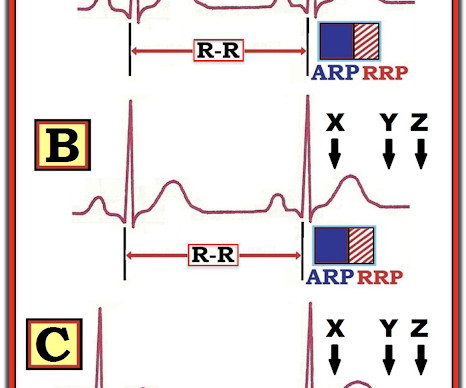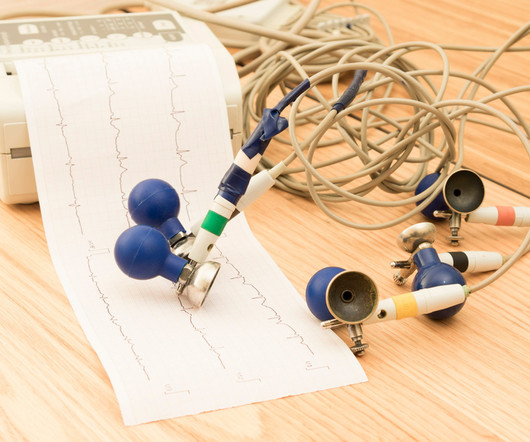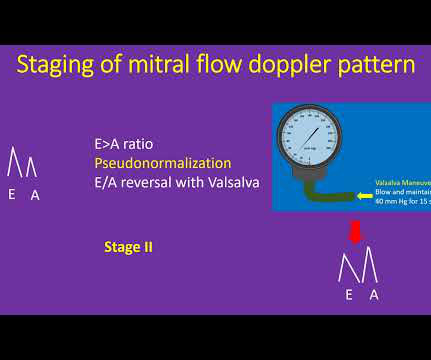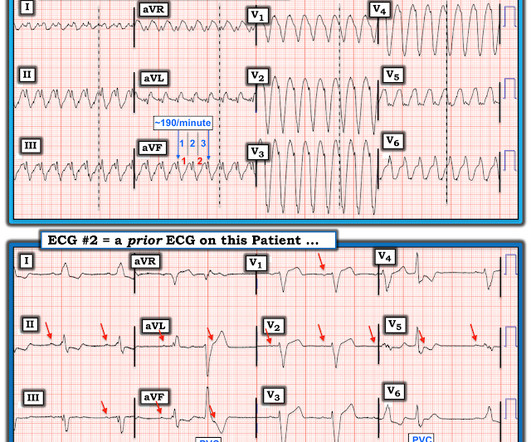Paced QRS morphology mimicking complete left bundle branch block induced by right ventricular pacing is associated with pacing?induced cardiomyopathy
Journal of Cardiovascular Electrophysiology
MARCH 3, 2024
Complete left bundle branch block (CLBBB)-like QRS morphology of right ventricular pacing at pacemaker implantation satisfying the American Heart Association/American College of Cardiology Foundation/Heart Rhythm Society criteria of CLBBB was associated with development of pacing induced cardiomyopathy.













Let's personalize your content